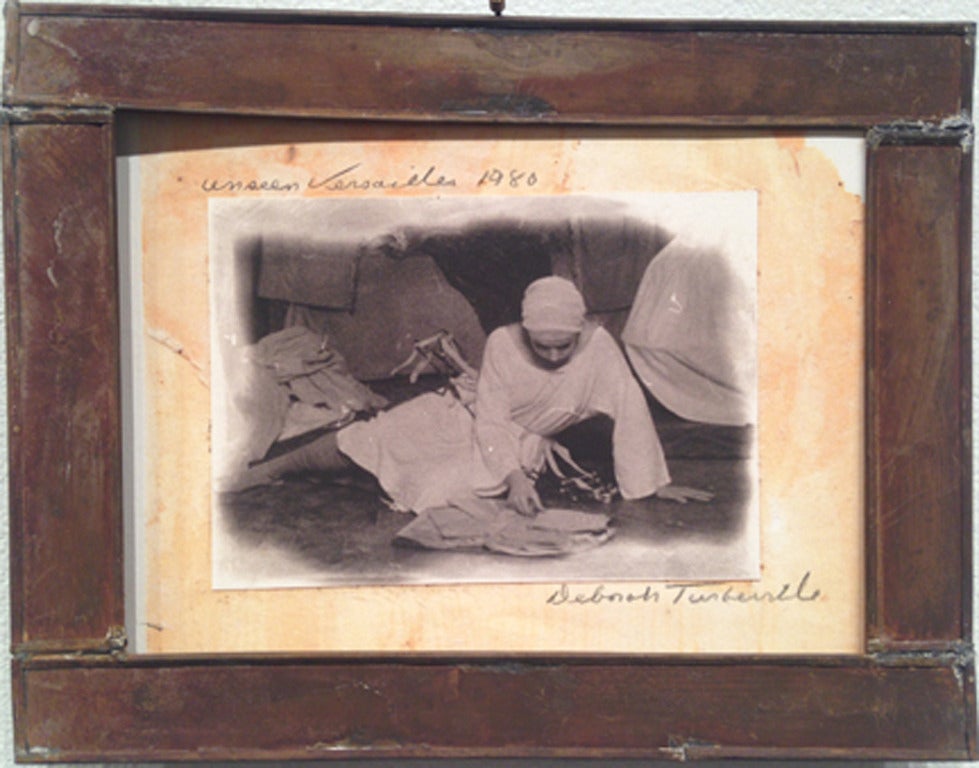


In 2009, Women's Wear Daily wrote that Turbeville transformed "fashion photography into avant-garde art." Her photographs appeared in numerous publications and fashion advertisements, including ads for Bloomingdale's, Bruno Magli, Nike, Ralph Lauren, and Macy's.

She was the only woman and only American among this trio. However, unlike the "urban erotic underworld" portrayed by her contemporaries, Turbeville's aesthetic tended towards "dreamy and mysterious," a delicate female gaze. Luke's-Roosevelt Hospital Center in Manhattan on October 24, 2013, at the age of 81.ĭeborah Turbeville is widely credited with adding a darker, more brooding element to fashion photography, beginning in the early 1970s – she, Guy Bourdin, and Helmut Newton changed it from traditional, well-lit images into something much more "edgy" looking. Deborah Turbeville died from lung cancer at St. Deborah had an older brother called Tom, who lived in New York on Riverside Drive.ĭeborah Turbeville was a student at Brimmer and May School in the Bay of Boston.ĭeborah Turbeville started out as a fashion editor at Harper's Bazaar, she became a photographer in the 1970s. Deborah's father, who was from Texas, also lived in the house. Upon his return to the United States, he bought a large house, isolated in the periphery of Boston, which Deborah's mother and aunts inherited. Her paternal grandfather had dreamed of being a painter in Paris. She was born into a wealthy family in New England that desired to be both distinguished and isolated but paradoxically suffered from this isolation. Turbeville, Deborah was born on July 6, 1932, in Stoneham, Massachusetts, United States. Turbeville has captured the spiritual nature of Mexican culture by incorporating into candlelit interiors such traditional religious artifacts as colorfully painted tin retablos, hand-carved saints, wooden tableau boxes, and a central wooden figure of the local Virgin Saint Maria Candelaria: aged objects that are handmade, tell stories and are arranged in artful vignettes.ĭeborah Lou Turbeville was an American fashion photographer. The glimmer and shafts of diffused light that stream into the courtyards and curtained rooms add to the romantic atmosphere-one feels as though they have entered into a quintessential Turbeville photograph. High-ceilinged rooms surround a central courtyard that is lined with faded frescoes of biblical scenes. In the tradition of Kahlo and Allende, Turbeville’s brilliantly stylish portrait of her Mexican house evokes both her vivid imagination and the mystique of Mexico. (In the tradition of Kahlo and Allende, Turbeville’s brill.)


 0 kommentar(er)
0 kommentar(er)
